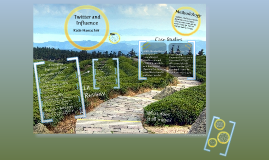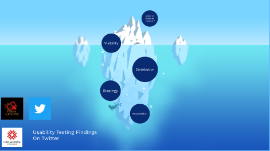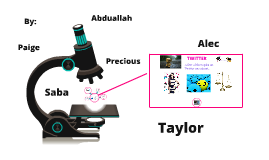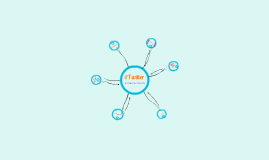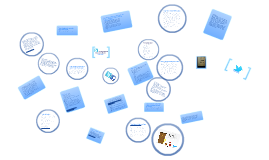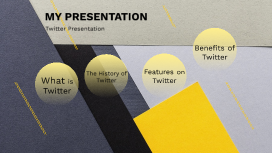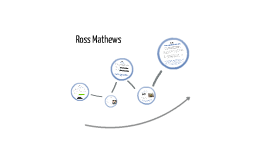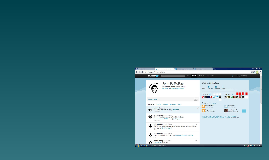Twitter Presentation
Transcript: What does it all mean? Lit Review Changing Frames & Roles -New model of info dissemination -Citizen Journalists -Enables conversation Information Revolution: democratizing new media -Shift in who holds media/info -Social networks reduce info indigestion -Social networks allow connection Case Studies Methodology #numbers. (n.d.) Twitter Blog. Social Network. Retrieved October 23, 2011 from http://blog.twitter.com/2011/03/numbers.html Banks, E. (n.d) Troy Davis supporters turn to social media as execution looms. Mashable. Retrieved October 23, 2011 from http://mashable.com/2011/09/20/troy-davis/ Marwick, A.E. & Boyd, D. (2011). I tweet honestly, I tweet passionately: Twitter users, context collapse, and the imagined audience. New Media & Society, 13(1), 114-133. Morozov, E. (2009, June 17). Iran elections: A Twitter revolution? The Washington Post. Qualman, E. (2009). Socialnomics. Hoboken, New Jersey: John Wiley & Sons, Inc. Safko, L. & Brake, D.K. (2009). The Social Media Bible: Tactics, Tools & Strategies for Business Success. Hoboken, New Jersey: John Wiley & Sons, Inc. Smith, A (2011). 13% of online adults use Twitter. Pew Internet & American Life Project. Pew Research Center. Retrieved from http://pewinternet.org/Reports/2011/Twitter-Update-2011.aspx Tatarchevskiy, T. The 'popular' culture of internet activism. New Media & Society 13(2), 297-313. Haewook, K. Changhyun L., Park, H., Moon, S., (2010). What is Twitter, a social network or a news source? WWC 2010, April 26-30, 2010, Raliegh, North Carolina, USA. Cha, M., Haddadi, H., Benevenuto, F., & Gummadi, K. (2010). Measuring user influence in Twitter: The million follower fallacy. AAAI Conference on Weblogs and Social Media 2010. Livingstone, S. (1999). New media, new audience? New Media & Society 1(1), 56-66. http://www.time.com/time/world/article/0,8599,1905125,00.html#ixzz1f2o7hwZO Cha, Haddadi, Benevenuto, Bummadi (2010) Definition: Twitter is a popular microblogging site started in 2006 in which users post short messages, aka tweets, of 140 characters or less to a network of followers. -Mentions (aka @replies), Retweets, #Hashtags Twitter and Influence Will new media cause social change? - change is "a complex of social, political and economic processes". -New media tool, not cause -Democratization of information -New media shifts the frame of audience understanding (cc) photo by Jakob Montrasio -Collect and assess tweets from both case studies -Track news coverage of events, look for Twitter -Follow policy change -Visual support and community -Gap between internet and real decisions Safko & Brake (2009) Marwich & Boyd (2011) Iranian Protest -Disconnect between users and followers -Broadcast v. Network audiences Livingstone (1999) Research Question: Did the influence of campaigns on Twitter change actions in the physical world in the cases of Troy Davis and the Iranian Election? Katie Hamachek Troy Davis Why Care? -13% of USA adults online use Twitter (Smith, 2010) -Twitter reports that 460,000 average new accounts/day in March of 2011 (#numbers) -Twitter users were sending an average of 140 million tweets/day (#numbers) -Fastest growing group of Twitter users are adults ages 25-44 (Smith, 2011) Tatarchevskiy (2011) -2009: Re-election of Mahmoud Ahmadinejad -Media censored -Citizen journalists, real time report -Tyranny/Monoarchy & traditional media audience model Qualman (2009) -Convicted for 1989 Cop Slaying -Protested innocence -Executed 9/7/2011 -#Toomuchdoubt -Tatarchevskiy (2011) identified correctly that there was a gap # of Followers does not equal influence =Reweets and mentions






